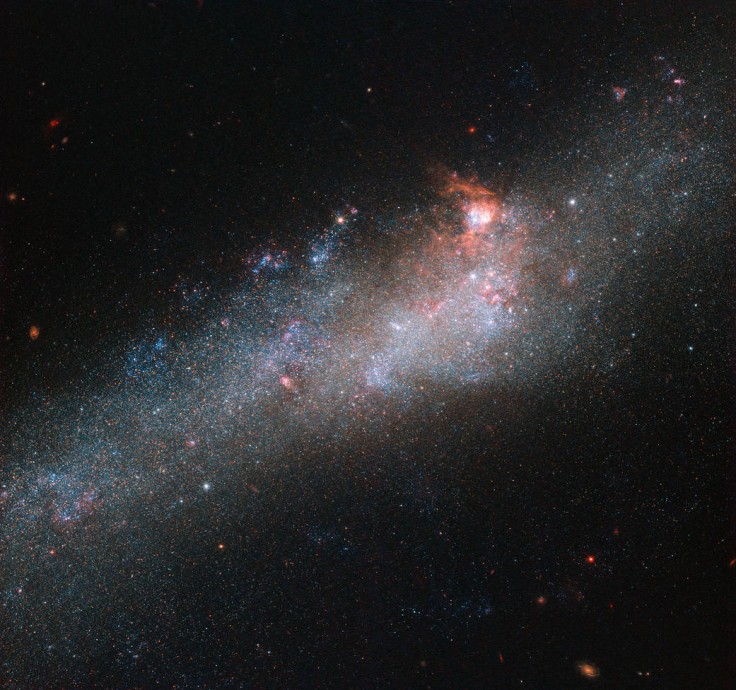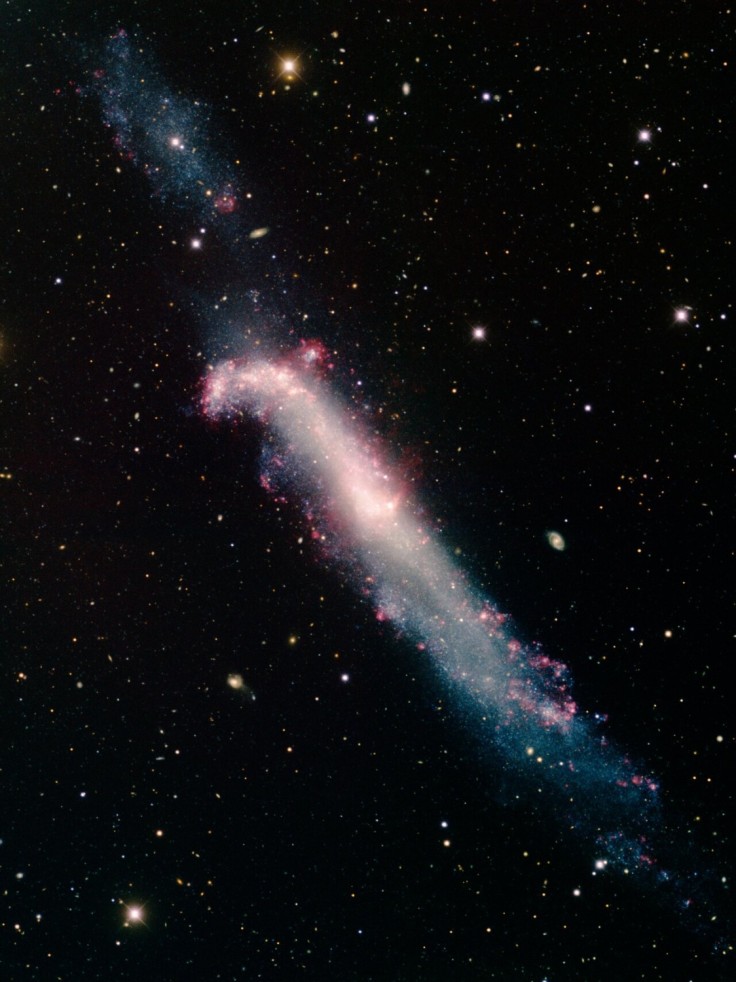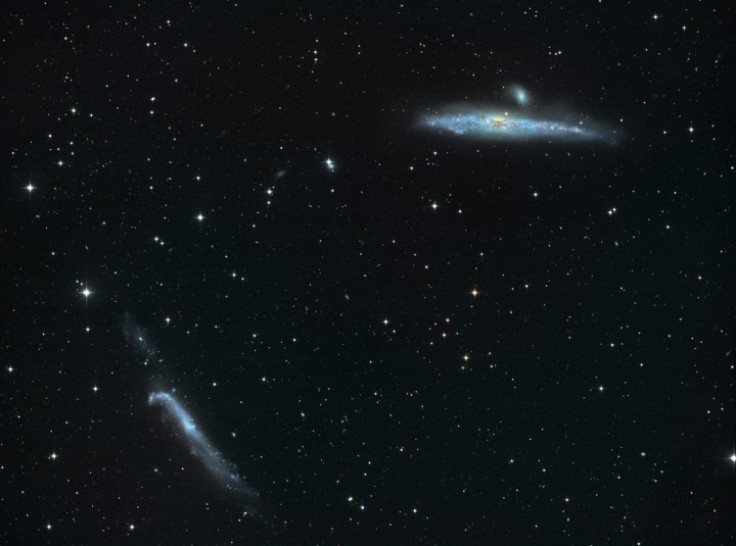
There are several names for the galaxy shown above. Among its names are NGC 4656, LEDA 42863, IRAS 12415+3226, UGC 7907, and the Crowbar galaxy. However, the Hockey Stick Galaxy is the most intriguing name given to this galaxy.
Well, the name Hockey Stick Galaxy was not given to this celestial body out of nowhere.
According to NASA, the reason for this is because "the galaxy is actually shaped like an elongated, warped stick, stretching out through space until it curls around at one end to form a striking imitation of a celestial hockey stick."
A celestial object's shape can be dramatically altered by galactic interactions, which can also twist and warp the gas, stars, and dust that make up the object into strange and beautiful patterns, according to Scinews.
The interaction between Hockey Stick Galaxy and a few neighbors, NGC 4631 (also known as The Whale Galaxy) and a small elliptical NGC 4627, is believed to be the cause of its peculiar shape.
Where Is the Hockey Stick Galaxy Located?
Approximately 15.8 million light-years away, in the small northern constellation Canes Venatici (The Hunting Dogs), lies NGC 4656, a warped edge-on spiral galaxy, according to Scinews.
The site also mentioned that William Herschel, a British astronomer, found the galaxy on March 20, 1787.
Images of Hockey Stick Galaxy Captured by Different Observatories

NGC 4656 is depicted above thanks to observations acquired by the Wide Field Camera 3 (WFC3) on board the NASA/ESA Hubble Space Telescope in the ultraviolet, infrared, and optical spectrums. It is based on information gathered using seven filters. The color is produced by giving each monochrome image associated with a certain filter a different hue.
As you can see, the image captured by Hubble is so detailed that you can see the stars around it. This all because of the powerful camera of this NASA/ESA observatory.

This second photo was taken at Kitt Peak National Observatory using the wide-field Mosaic camera on the Mayall 4-meter telescope. The observations in the B (blue), V (green), I (orange), and Hydrogen-Alpha (red) filter used to create the image. North is up and East is to the left in this picture.
As you can tell, it is not as detailed as compared to the picture captured by Hubble. Nonetheless, the Hockey Stick Galaxy's magnificence is evident in this photo taken by the Mayall telescope.

The image you can see above was captured with a refractor telescope and one-shot-color camera from a Bortle 4 zone. The image was specifically taken with an Astro-Physics Mach1 mount and the QHY600C camera and Stellarvue SVX130 telescope. Pixinsight was used to process this picture.

The Capella Observatory took the picture you can see above.he Capella Observatory is now situated atop Mount Skinakas, roughly 1,750 meters above sea level, about 25 kilometers south-west of Heraklion/Crete (Greece). Both the Whale Galaxy and the Hockey Stick Galaxy are shown in the image.









